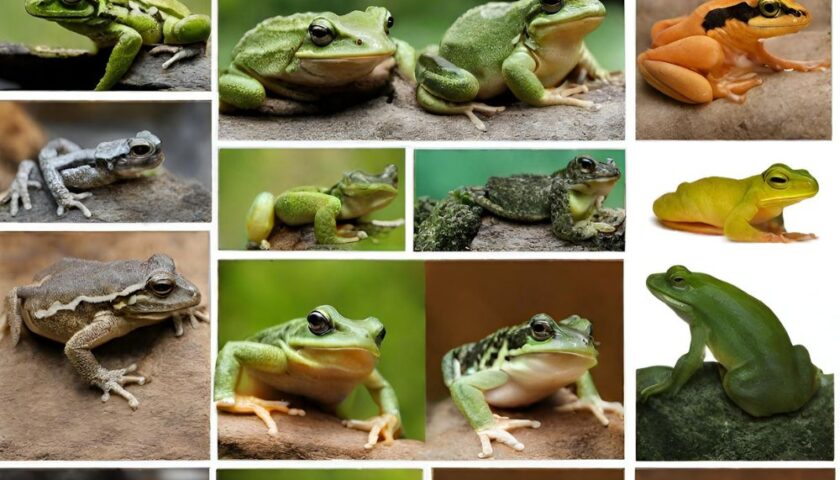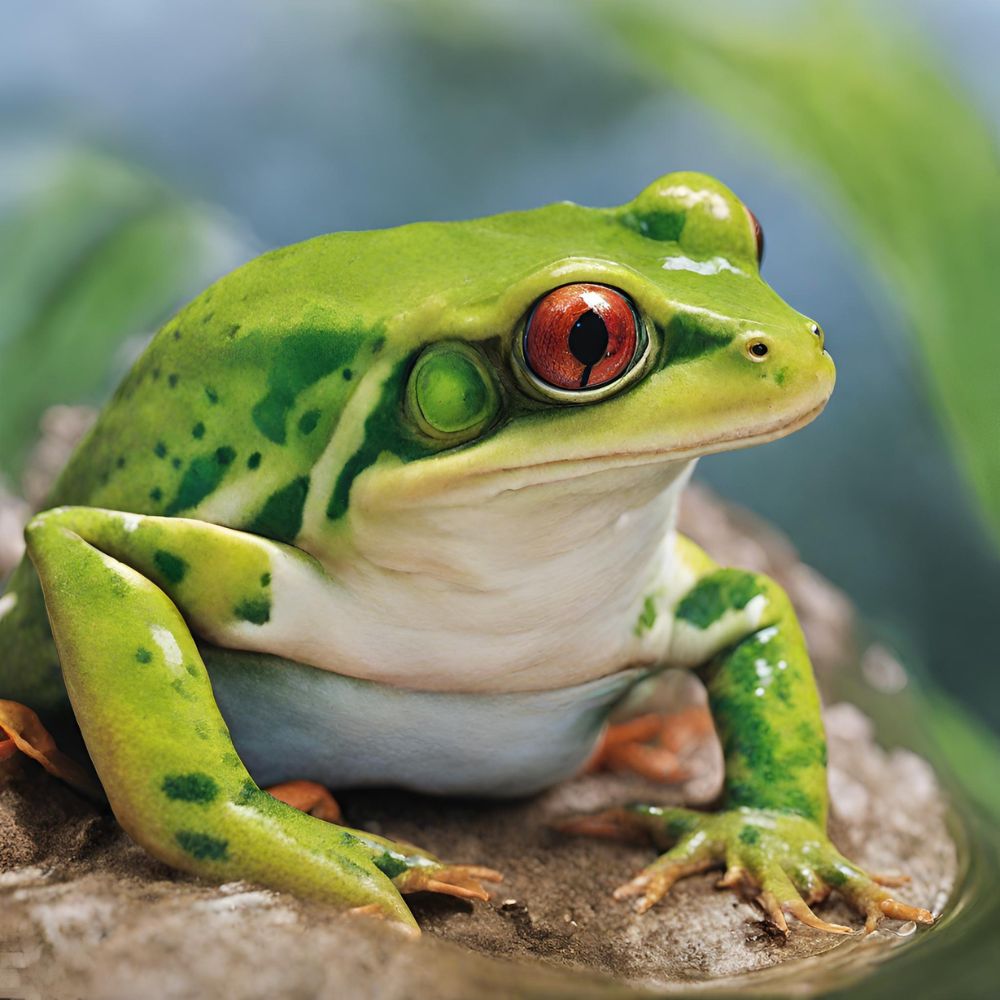Introduction:
Pet amphibians make fascinating and unique companions, offering enthusiasts the opportunity to observe these captivating creatures up close. However, ensuring the well-being of pet amphibians requires careful consideration of their habitat. In this guide, we’ll explore how to create the perfect environment for your pet amphibians, providing them with the ideal conditions for health and happiness.
Understanding Pet Amphibians:

Before setting up their habitat, it’s essential to understand the specific needs of pet amphibians. Amphibians are cold-blooded vertebrates that typically require a moist environment to thrive. They are highly sensitive to changes in temperature, humidity, and water quality, making proper habitat setup crucial for their welfare.
Choosing the Right Enclosure:
Selecting the appropriate enclosure is the first step in creating a suitable habitat for pet amphibians. Enclosures should provide enough space for the amphibians to move around comfortably and exhibit natural behaviors. Glass terrariums or plastic enclosures with secure lids are popular choices, as they allow for easy observation and maintenance.
Substrate Selection:
Choosing the right substrate is essential for maintaining appropriate humidity levels and providing a comfortable surface for pet amphibians. Substrates such as coconut fiber, sphagnum moss, or soil mixed with eco-earth are excellent options for retaining moisture while also allowing for burrowing and natural behaviors.
Creating a Moist Environment:
Amphibians require a consistently moist environment to prevent dehydration and facilitate proper skin respiration. To maintain humidity levels, mist the enclosure regularly with dechlorinated water and provide a shallow water dish for soaking. Adding live plants can also help increase humidity and provide natural hiding spots for your pet amphibians.
Temperature Regulation:
Maintaining optimal temperatures is crucial for the health and well-being of pet amphibians. Most species thrive within a temperature range of 70-80°F (21-27°C) during the day, with slight decreases at night. Use a combination of heat lamps, ceramic heaters, or heating pads to create a gradient within the enclosure, allowing amphibians to regulate their body temperature as needed.
Lighting Requirements:
While some pet amphibians are primarily nocturnal and may not require UVB lighting, others, such as certain species of frogs and newts, benefit from exposure to UVB light for calcium metabolism and vitamin D synthesis. Research the specific lighting requirements of your pet amphibians to ensure they receive adequate UVB exposure if necessary.
Furnishing the Habitat:
Enriching the habitat with natural décor and furnishings can enhance the well-being of pet amphibians. Provide hiding spots, climbing branches, and live or artificial plants to create a stimulating environment that mimics their natural habitat. Avoid using artificial decorations with sharp edges or toxic materials that could harm your amphibians.
Water Quality and Filtration:
Maintaining clean water is essential for amphibians that require aquatic habitats. Use a high-quality aquarium filter to remove waste and debris, and perform regular water changes to prevent the buildup of harmful substances. Treat tap water with a dechlorinate to remove chlorine and chloramines before adding it to the enclosure.
Feeding and Nutrition:
Offer a varied diet consisting of live insects, worms, and commercially available amphibian pellets to ensure your amphibians receive essential nutrients. Dust prey items with calcium and vitamin supplements to prevent nutritional but deficiencies and especially for species with high calcium requirements.
Monitoring and Maintenance:
Regular monitoring of temperature, humidity, and water quality is essential for the health of pet amphibian. Invest in reliable thermometers, hygrometers, and water quality test kits to keep track of environmental conditions. Perform routine maintenance, including spot cleaning, substrate replacement, and equipment checks, to ensure the habitat remains clean and functional.
Conclusion:
Creating the perfect habitat for amphibian requires careful planning and attention to detail. By providing a suitable enclosure, maintaining optimal environmental conditions, and offering a nutritious diet, you can ensure the health and happiness of your amphibian companions. With proper care and commitment, amphibian can thrive in captivity, delighting their owners with their unique behaviors and beauty.

